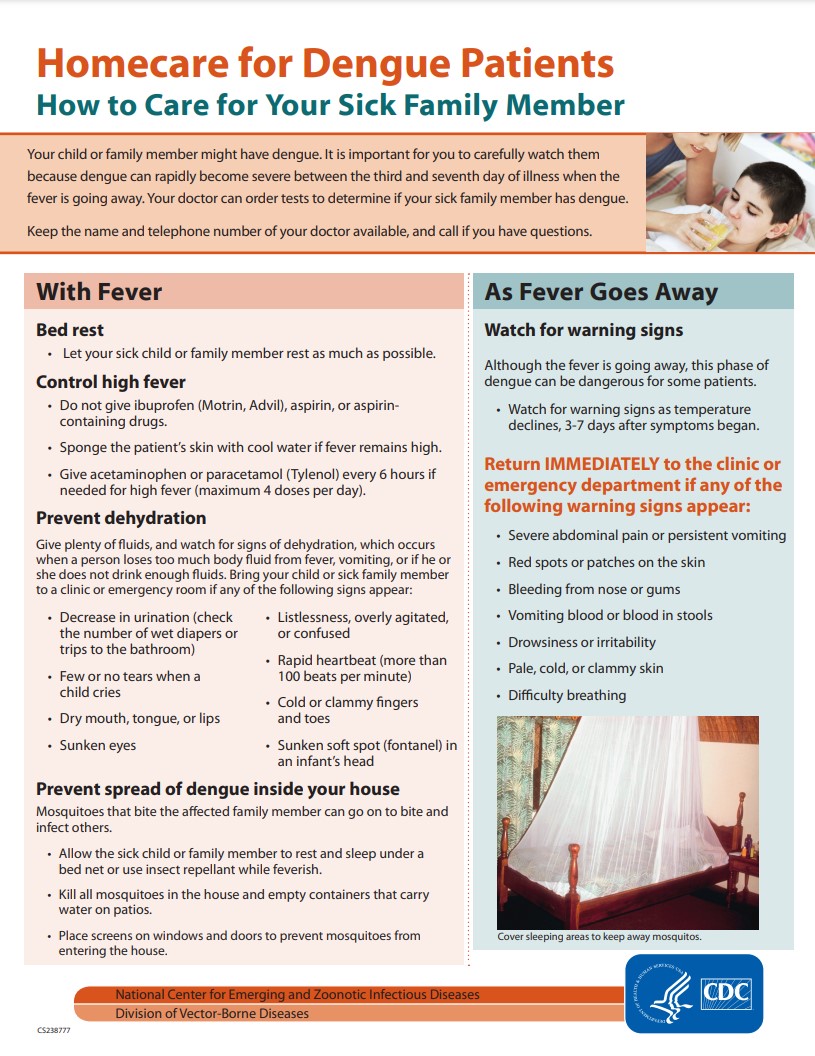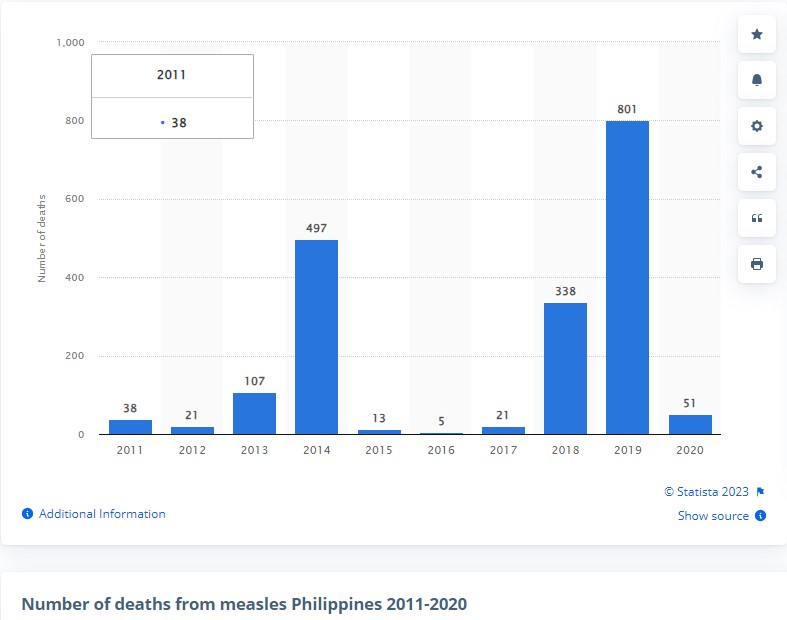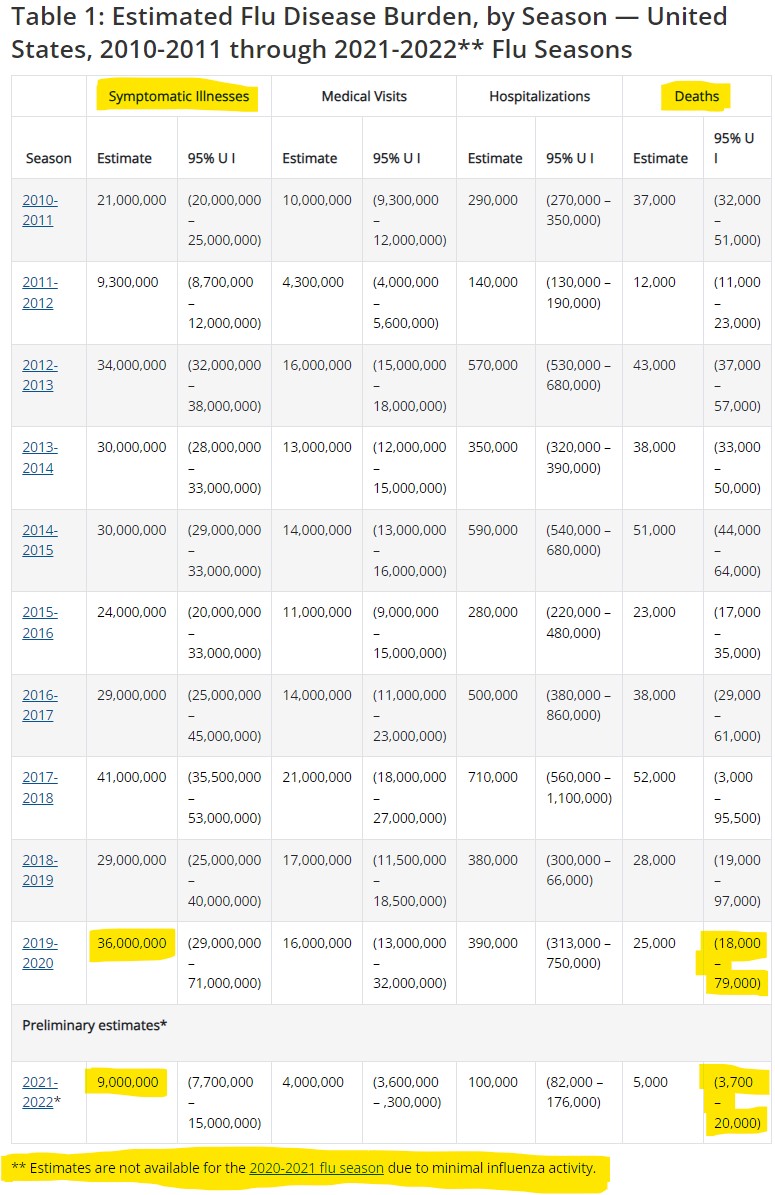| « Agenda 2030 - Samsung Teams Up With The United Nations to Raise Awareness? | ADD/ADHD, AADHD, And The Useful Idiots » |
What's New? Dengue Fever -- That's What's New!
Setting The Stage
It’s now being widely reported that Dengue Fever might become the next global pandemic. Does this really make sense? Why are more people getting it now, than just a few years ago?
Lima is dealing with an outbreak of dengue.
Rosa Gutiérrez, who was forced to resign as health minister on June 16, was widely viewed, both by medical experts and ordinary Peruvians, as out of her depth in handling the outbreak.
//
"But it's not just the health ministry," says Soto. "It's also the education ministry, the housing ministry, infrastructure and regional governments," which are failing. One of the many problems he criticized was the lack of potable water and sanitation services at schools, with pupils often forced to wash their hands in plastic tubs and flush toilets with buckets of water, making the schools dengue hot spots and forcing the Piura regional government to close them for several weeks.
It would seem to me that there are much larger problems in Lima. Lack of sanitation is the absolute number one cause of illness anywhere. Vaccines are not the answer to a place with not running water, improving infrastructure is the start. There is data going back 100+ years that illustrates an increase in public sanitation services, with a dramatic decrease in illness -- far more effective than any vaccine. But that's a topic for another day.
According to some people, this increase might be climate related.
"Dengue is occurring in urban areas where it did not exist before," Dr. Coralith García, associate professor at the school of medicine at Cayetano Heredia University in Lima, Peru, told Fox News Digital.
Experts blame warmer temperatures and increased rainfall, but even in Lima, the second largest desert city in the world, dengue is flourishing because "it’s so crowded that anything can happen," she added.
The "experts" blame high temperatures and increased humidity/rainfall for the rise in cases (dengue is spread by mosquitoes) however, cases are simultaneously increasing in places with hot dry climates?
This is explained away by saying, "it’s so crowded [in Lima] that anything can happen." Really? When was the last malaria outbreak in Lima? Watch out for those pesky -- Desert Mosquitoes. And, Lima didn't become densely populated within the last year, Lima has been densely populated for decades, so why are we seeing this now? You can't have it both ways, but when you're making up stuff, you need it both ways.
I'm not blasting Dr. Coralith García, associate professor at the school of medicine at Cayetano Heredia University in Lima, Peru, but this is not "science." "Anything can happen" is not science, that's a literal admission that they have no answer for what's going on.
How Dangerous is Dengue Fever
Dengue fever is unique in that it requires an ADE (Autoimmune Deficiency Enhancement) response, in part, to make people sick. Most people who are exposed to and catch dengue fever have no symptoms the first time around, however; when they are exposed the second time, they are much more likely to get sick. This is why the vaccine (Dengvaxia) is only supposed to be given to people who have had dengue fever in the past. More on this later.
CDC stats for the Flu -- deaths US only.
CDC estimates that flu has resulted in 9 million – 41 million illnesses, 140,000 – 710,000 hospitalizations and 12,000 – 52,000 deaths annually between 2010 and 2020.
Now let's look at dengue fever -- deaths GLOBALLY.
Each year, up to 400 million people are infected by a dengue virus. Approximately 100 million people get sick from infection, and 40,000 die from severe dengue.
Somehow since COVID-19, and a global mass vaccination campaign, a blood-borne illness spread by mosquitoes has become more virulent -- in the desert?
CDC guidance on at home care for dengue fever.
Jump to The Philippines
There is a vaccine for dengue fever, but it doesn't have the best track record. It's called Dengvaxia, the same one that the CDC recommends if you want to be vaccinated for dengue fever.
A vaccination program run by the Philippine Department of Health (DOH) administered Sanofi Pasteur's Dengvaxia to schoolchildren.[3] The program was stopped when Sanofi Pasteur advised the government that the vaccine could put previously uninfected people at a somewhat higher risk of a severe case of dengue fever through antibody-dependent enhancement.[4] A political controversy erupted over whether the program was run with sufficient care and who should be held responsible for the alleged harm to the vaccinated children.
In late November 2017, the DOH suspended the school-based vaccination program.[5] The DOH subsequently banned the vaccine's use and sale in the Philippines.[6] The scare caused by the controversy has been suggested as a factor in the country's loss of confidence in vaccines and low immunization rates,[7] resulting in an infectious disease crisis in the country in 2019,[8] including a measles outbreak.[9]
The dengue fever vaccine (Dengvaxia) was only supposed to be given to people who were previously infected with dengue fever. There is an antibody test to determine whether or not someone has had dengue fever in the past. As I stated earlier dengue fever works in part by ADE. ADE is basically where you are exposed to something, and your body "gets used to it," no longer attacking that particular pathogen when it enters the body. You get exposed to dengue fever, your body builds an ADE response to it, then when you are infected a second time, you could get very sick, because your immune system ignores the pathogen.
The Wikipedia article states that there was an increase in vaccine hesitancy because of the Philippine government's complete mishandling of the Dengvaxia rollout. But then, the article goes on to claim that there was an infectious disease outbreak due to vaccine hesitancy citing measles as the most prevalent.
In 2019 (the year of the measles outbreak) there was an increase of (463) measles deaths when compared to 2018. For 2014, for which there was no measles outbreak, there was an increase of (390) measles deaths when compared to 2013. The difference between the two increases being (73) deaths. However, in 2020, there were only 51 deaths attributed to measles? Was the measles vaccine uptake higher in 2020 when compared to 2019?
Wikipedia shows that the number of deaths due to the 2019 Philippines Measles Outbreak was (415). I don't know which source is more accurate. Keep in mind the population of the Philippines is 109,033,245.
Due to fear of being exposed to people with Covid-19, Vergeire explained that many parents were reluctant to leave their homes and have their children vaccinated.
Moreover, healthcare workers on the ground were unavailable for the vaccination program because they were re-deployed to attend to [COVID-19] vaccination duties.
"The Philippines is one of the few countries that continued with its efforts for supplemental immunization campaigns in the middle of pandemic. The Sabayang Patak Kontra Polio is a continuation of the 2019 polio campaign in response to the polio outbreak in the country," Vergeire said.
She added that in July 2020, the agency has vaccinated more than 2 million children less than five years old in Central Luzon, Cavite, Laguna, and Rizal.
Meanwhile, the first phase of the vaccination against measles-rubella was conducted October to November 2020 covering Luzon regions and the whole of Mindanao and the second phase was conducted during the first quarter of 2021 including the National Capital Region, Central Luzon, Calabarzon, and the Visayas.
Vergeire stressed the vaccines used in routine immunization have been backed up by decades of research and an established system of delivery and monitoring.
"Vaccines saved millions of children from the debilitating effects of VPDs like polio, measles, mumps, and a lot more," she said. (PNA)
Parents were scared to visit health care facilities, and health care workers were unavailable for routine vaccinations because they were busy with COVID-19 vaccinations. The uptake of all other vaccines, other than COVID-19 vaccines, decreased, yet the numbers indicate that there was no outbreak of any other infectious disease? The same people who were vaccine hesitant in 2019, would still be vaccine hesitant in 2020. Somehow there is a decrease in almost every other disease metric -- even with decreased routine vaccine uptake?
Back to Peru
At least some of the findings make sense for Peru.
We observed that since the first case of COVID‐19 was reported in Peru, there has been a decrease in the number of dengue cases reported in several endemic regions of Peru. This temporal pattern is consistent with findings in Brazil. 15 This could be due to the fact that the epidemiological alert triggered by an increase in the number of COVID‐19 cases in Peru has affected the epidemiological surveillance of dengue, resulting in an underreporting of dengue cases, as has also occurred in recent epidemics, where the excessive prioritization of the prevention and control of emerging diseases has led to the unintentional neglect of endemic diseases. 4 Dengue virus is transported mainly by infected travelers. 1 Therefore, social isolation, quarantine, and other preventive measures that were implemented in Peru to counteract the progression of COVID‐19 could have generated a real decrease in the incidence of dengue. 11 , 15 In contrast, difficulty in access to timely diagnosis together with the population's concern about the risk of being infected with COVID‐19 in healthcare facilities may be another reason for the decrease in the number of dengue cases reported at the beginning of the COVID‐19 pandemic. 16
Similarly, until July 2020, in the West Pacific region, countries such as China, Malaysia, Vietnam, and Australia registered fewer cases of dengue compared with that in the same period in 2019. 17 Moreover, in the Americas, data registered up to epidemiological week 21, 2020, show a reduction by approximately 10% compared with that in 2019. 18 Countries such as Bolivia, Honduras, Mexico, Paraguay, and Brazil reported a large increase in the number of dengue cases during the first weeks of 2020, 11 , 15 , 19 which abruptly decreased subsequently, coinciding with the exponential increase in the number of COVID 19 cases. 11 , 15
The findings of our study also demonstrate that the number of dengue cases per million inhabitants during the COVID‐19 pandemic has exceeded the number of cases reported in the years before the pandemic. This is in line with findings in other geographical areas such as Brazil, the Southwest Indian Ocean Islands, 16 and Asia. 20 Paradoxically, this could also be explained because of the prevention measures established to prevent COVID‐19 transmission because, during the quarantine, populations have lived in close contact with each other for a long time, which promotes the reproduction of arthropods/mosquitoes in and around the houses. 21
The logic is as follows; there was a decrease in the number of dengue cases reported in Peru. COVID-19 testing can be blamed for the decrease in documented dengue cases. Dengue virus is transported mainly by infected travelers (also requiring mosquitoes). Social isolation, quarantine, and other preventive measures that were implemented in Peru to counteract the progression of COVID‐19 could have generated a real decrease in the incidence of dengue, but not COVID-19?
This is a very long winded way of saying, dengue was underreported because COVID-19 was overreported. It can't be assumed that the majority of people worldwide -- were primarily sick with one illness.
The Disappearing Flu
Here's data from the CDC for Flu in the US. The Flu nearly disappeared during the 2020-2021 reporting period? The Flu is going to appear as if it surging as soon as there is one year of normal reported cases.
But that problem is two-fold. This could mean that the Flu vaccines aren't working? "The science" is in trouble here because there's not a good way to spin this. Of course, they could claim that the Flu vaccines prevent "severe illness and death," but that wouldn't account for the previous years where people were sick enough to go to the hospital anyway. Again, you can't have it both ways.
Those Pesky "Desert Mosquitoes"
There are many things at play here one of which is the scientific community trying to maintain their relevance. Vaccines have been touted for years to work miracles, and COVID-19 has come along and shown a light on a lot of the issues here. The most important is that bad statistical data leads to ill-informed conclusions.
COVID-19 cases were vastly overreported worldwide. It was not an issue in just a few countries. There were decreases in reported cases for every infectious disease on the planet during the pandemic. The reasons for this are less significant than acknowledging that it happened. The overreporting of COVID-19 has caused all data for a few years now to be completely inaccurate. Because of this, none of the comparative data from year to year during the pandemic period can really be used to draw any conclusion -- other than the data is not accurate.
The Final Stage is Set
Nearly all illnesses, other than COVID-19, have been underreported worldwide. This will result in an apparent increase in any number of underreported illnesses. In reality the comparative data is incorrect, but that will never be pointed out in the media. We are going to see story after story of illnesses that were considered "eradicated" resurfacing -- and the cause will be Climate Change, just like the once tropical, now desert disease dengue. Never mind that the data is nonsense.
The go to answer for stopping the spread of infectious disease(s), also happens to be the go to answer to stop Climate Change.
Q: We have a crisis, Climate Change, how do we stop it?
A: Reduce economic activity by increasing the prices on energy to the point where people are required to ration it. Ban/remove existing sources of energy without viable replacements. Limit people's freedom of movement through increased transportation costs.
Q: We have a crisis, COVID-19, how do we stop it.
A: Reduce economic activity though lockdowns, and forced business closures. Limit people’s freedom of movement through coercive measures, self isolate. Limit human interaction, reduce travel.
The proposed solutions to both problems will result in a drastic reduction of economic activity. Isn't it a little strange how the corrective outcomes of such vastly different problems will result in similar results?
The new narrative is going to be that we have to stop climate change, in order to stop having pandemics.
What do you think?
Please leave a comment, like it or hate it... You DO NOT need to register to leave a comment. Email addresses are NOT used. Just make one up "someone@somehost.com"


